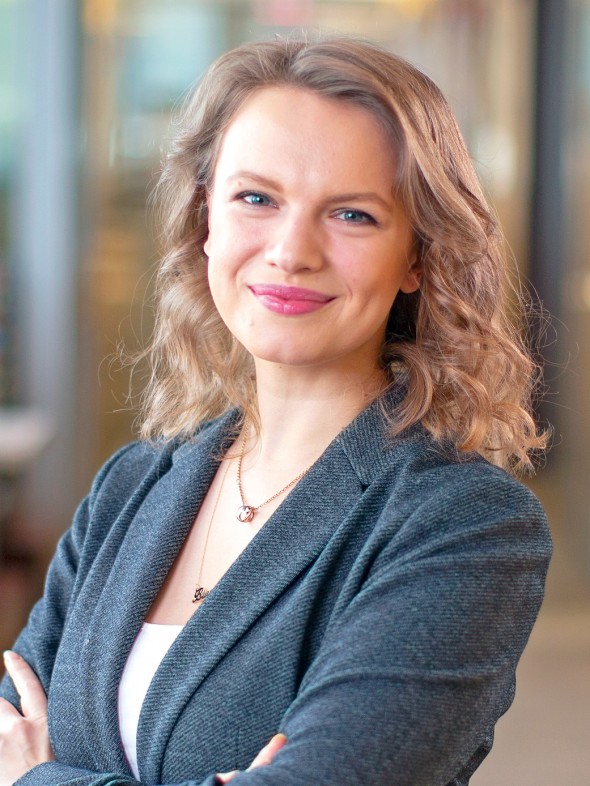
Ida Pavlichenko
32
Harvard’s Wyss Institute
Country of birth: Azerbaijan
Her invention could make ear infections easier to treat, especially in children
Ida Pavlichenko has engineered a major improvement to the ear tubes that doctors use to combat the ear infections that many young children endure.
The tubes in use today attract biofilms, leading to more infections. Pavlichenko has developed a smaller, infection-resistant tube that has proved safe in animal tests. Her tube is selective in what fluids it allows through—so medication can be delivered, but water from showering and swimming won’t get in.
Pavlichenko hopes that improved tubes will also lead to new approaches for treating hearing loss, which now affects 450 million people around the world. The number is expected to double over the next three decades, as the population ages and music blasted through headphones take its toll.
Pavlichenko was pregnant when she decided to pursue middle ear infections in her research. But solving the problem has taken on new urgency now that she has a child and knows what it’s like to see the child suffer.
“The sooner you bring kids to daycare, the sooner you experience the terror of colds and endless antibiotic treatment,” says Pavlichenko, a fellow at Harvard’s Wyss Institute and cofounder of a startup called PionEar. She notes that some children have to have the current tubes implanted several times to end the cycle of painful infections, antibiotics, and speech delays.
Not only can the tubes themselves get infected but they can fall out or get stuck when they need to come out. Implanting them requires general anesthesia, sometimes more than once.
In adults, ear problems can be even more challenging, because tubes may fail to stay in place long enough and medication is tricky to deliver deep inside an adult ear. Pavlichenko’s tubes address all these problems and are more effective, better fitting, and less likely to lead to damage, she says.